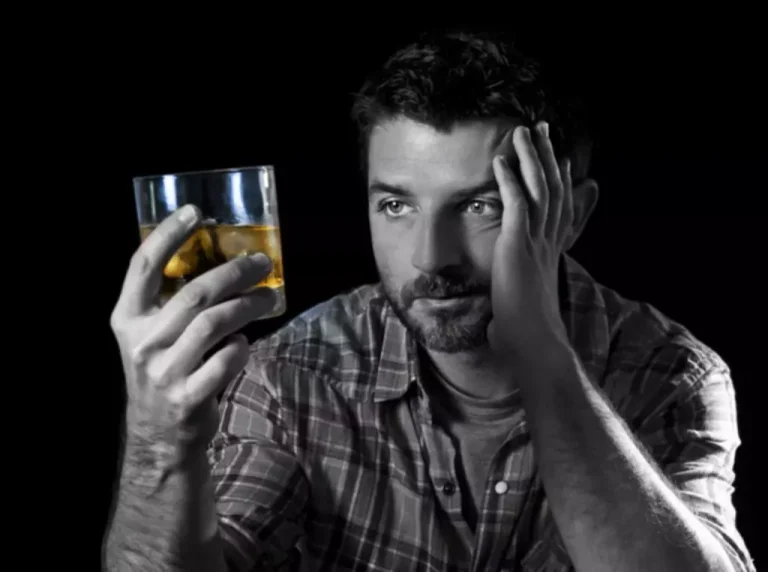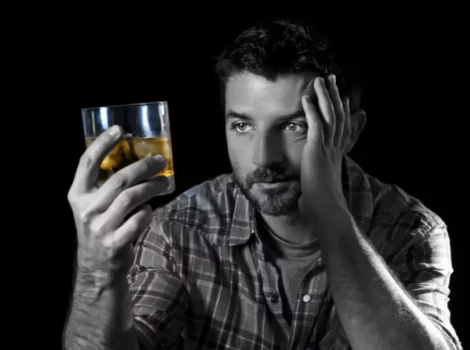No products in the cart.

Help prevent teen drug abuse by talking to your teen about the consequences of using drugs and the importance of making healthy choices. Using online card-sorting software (Optimal Workshop) on a tablet provided by the research team, adolescents received a link to a data collection platform which included a virtual set of cards containing the statements. Adolescents were instructed to electronically sort the cards into as many or few categories as they felt appropriate and give each category a name (label). The adolescents were also told that each card could only be sorted into one group and that every group had to have at least one item within it. The research team specifically instructed the students NOT to have “other” or “miscellaneous” categories and also made themselves available to answer questions and remind students of sorting instructions during the in-person task.

Engaging Adolescents in the Fight Against Drug Abuse and Addiction: A Concept Mapping Approach

The intergenerational effects of drug abuse and addiction calls for nontraditional strategies involve the diverse perspectives of several stakeholders, such as marginalized adolescents. Findings from this study emphasize the importance of engaging adolescents in the fight against drug abuse and addiction, especially in marginalized communities who are often silenced in public health discourse on drug abuse and addiction. As we move forward, it is important to address several factors that reduce the public health impact of effective prevention programming. It is still the case that most schools use non-evidence based prevention programs, family-based prevention programs often do not reach the families in greatest need, and starting up community prevention programs requires substantial resources.
How can schools help to prevent youth and young adult substance misuse and create supportive learning environments?

You need to use more of the drug to experience the same effects you used to attain with smaller amounts. Experiencing legal trouble, such as arrests for disorderly conduct, driving under the influence, or stealing to support a drug habit. Enter your phone number below to receive a free and confidential call from a treatment provider.
Prevention

In support of the quality of research on the BASICS program, the NREPP web site lists four peer-reviewed outcome papers (representing three cohorts of students) with study populations consisting of primarily White youth, along with four replication studies. The first study evaluated the impact of BASICS on students engaging in high-risk drinking over a four year follow-up period. Findings indicated that students receiving BASICS had significantly greater reductions in drinking frequency and quantity compared to control group students, with the greatest intervention impact observed in the first year after the intervention.
A person may need to try quitting more than once before maintaining any length of sobriety. Receive a bonus guide on ways to manage your teen drug abuse child’s health just for subscribing.
Depression in Older Adults
Teens may not seek drugs out but are instead introduced to substances by someone they know, such as a friend, teammate, or even a family member. Alcohol is the most commonly abused substance among teens, but rates of nicotine and prescription medication abuse are increasing. Examples of prescription drugs teens may misuse include stimulants like Adderall and benzodiazepines like Xanax. For some adolescents, however, trying a substance like alcohol, marijuana, or illicit drugs leads to regular use. Once withdrawal and cravings set in, a teen dealing with addiction and dependence may not be able to stop using a substance, even if they want to. NIDA also supports research to examine the social and economic impact of certain laws and policies in preventing substance use and its negative health effects.
- About 37% of high school seniors reported having used one or more illicit drugs over the past year and 48% report having done so during their lifetime.
- This class of drugs includes, among others, heroin, morphine, codeine, methadone, fentanyl and oxycodone.
